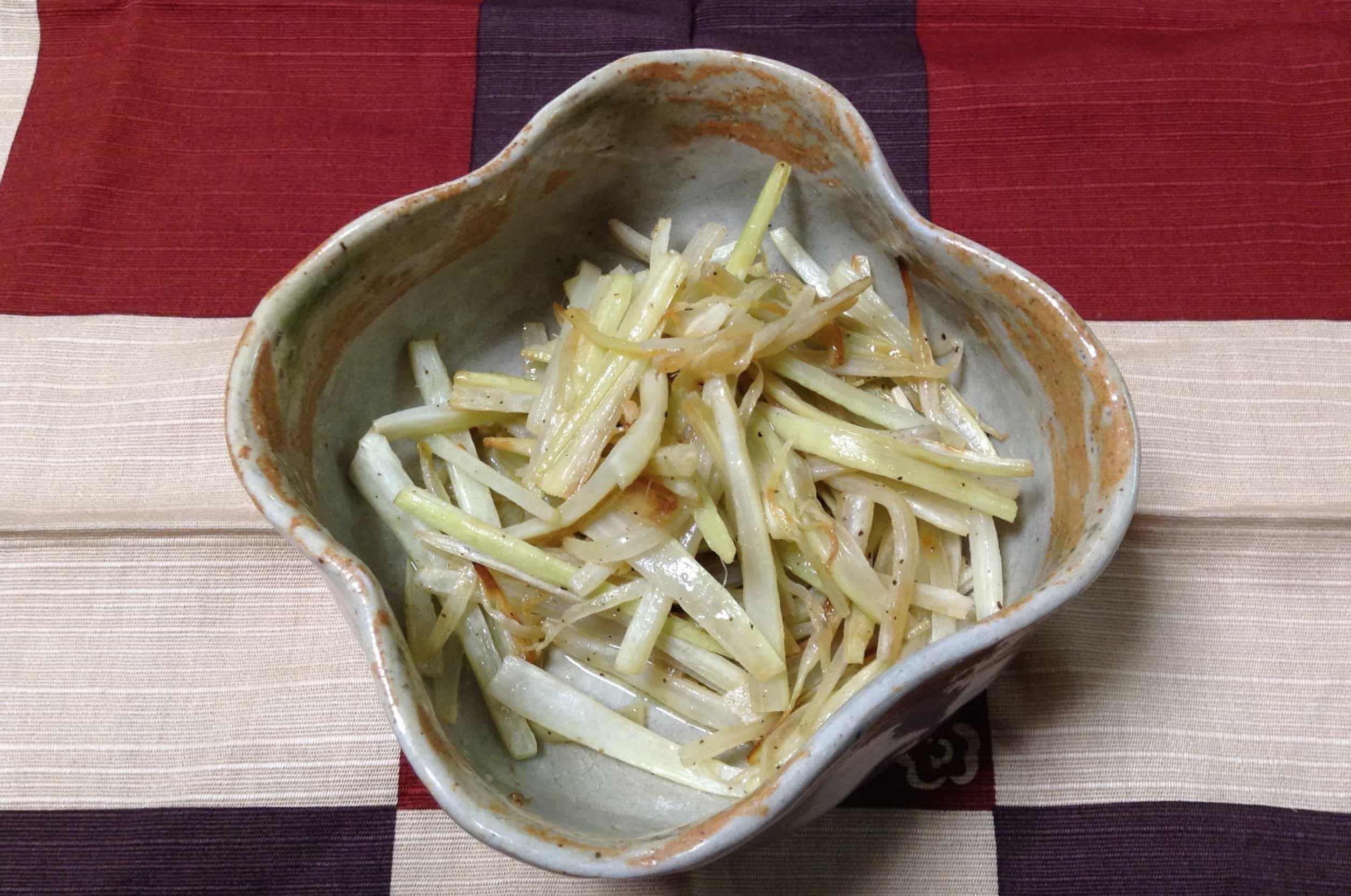
Udon noodles have been a staple in Japanese cuisine for centuries, but what makes them so special? These thick, chewy noodles are not just a treat for your taste buds; they also come with a rich history and cultural significance. Made from wheat flour, water, and salt, udon noodles are incredibly versatile, finding their way into soups, stir-fries, and even cold dishes. Whether you're a seasoned foodie or just curious about Japanese food, understanding udon can add a new dimension to your culinary adventures. Ready to learn more about this delicious noodle? Let's dive into some fascinating facts about udon!
Key Takeaways:
- Udon noodles, a Japanese favorite, come in various shapes and can be enjoyed hot or cold. They are low in fat, rich in protein, and offer essential minerals, making them a healthy and delicious choice.
- From simple Kake Udon to hearty Curry Udon, there are many tasty dishes to try with udon noodles. Each dish offers a unique flavor experience, making udon a versatile and satisfying ingredient in Japanese cuisine.
Udon: A Japanese Culinary Delight
Udon, a type of thick wheat flour noodle, is a staple in Japanese cuisine. Its versatility and comforting texture make it a favorite among many. Let's dive into some fascinating facts about this beloved dish.
-
Ancient Origins: Udon noodles date back to the Nara period (710-794 AD) in Japan. They were introduced by a Buddhist monk who brought the recipe from China.
-
Variety of Shapes: While typically thick and round, udon noodles can also be flat or square. The shape often depends on the region and the specific dish being prepared.
-
Regional Differences: Different regions in Japan have their own unique udon dishes. For example, Sanuki udon from Kagawa Prefecture is known for its firm texture, while Inaniwa udon from Akita Prefecture is thinner and smoother.
-
Hot or Cold: Udon can be enjoyed both hot and cold. In the summer, cold udon dishes like zaru udon are popular, while in the winter, hot udon soups provide warmth and comfort.
-
Simple Ingredients: The basic ingredients for udon noodles are wheat flour, water, and salt. Despite the simplicity, the quality of these ingredients greatly affects the final product.
Nutritional Benefits of Udon
Udon noodles are not just delicious; they also offer several nutritional benefits. Here are some key points to consider.
-
Low in Fat: Udon noodles are low in fat, making them a healthier option compared to other types of noodles like ramen, which often contain more oil.
-
Good Source of Carbohydrates: As a wheat-based noodle, udon provides a good source of carbohydrates, which are essential for energy.
-
Rich in Protein: Udon noodles contain a moderate amount of protein, which is important for muscle repair and growth.
-
Contains Essential Minerals: Udon noodles have small amounts of essential minerals like iron and magnesium, contributing to overall health.
-
Easily Digestible: The simplicity of udon noodles makes them easy to digest, which is beneficial for those with sensitive stomachs.
Popular Udon Dishes
Udon noodles can be used in a variety of dishes, each offering a unique taste experience. Here are some popular udon dishes you might want to try.
-
Kake Udon: This is the most basic form of udon, served in a simple broth made from dashi, soy sauce, and mirin. It's often garnished with green onions and tempura flakes.
-
Tempura Udon: This dish features udon noodles in a hot broth, topped with crispy tempura vegetables or shrimp. The contrast between the crunchy tempura and the soft noodles is delightful.
-
Curry Udon: A fusion of Japanese curry and udon noodles, this dish is hearty and flavorful. The thick curry sauce coats the noodles perfectly.
-
Yaki Udon: This stir-fried udon dish is made with vegetables, meat, or seafood, and seasoned with soy sauce. It's a quick and tasty meal option.
-
Nabeyaki Udon: Served in a hot pot, this dish includes udon noodles, vegetables, meat, and sometimes an egg. It's a comforting and filling meal, perfect for cold days.
Final Thoughts on Udon
Udon noodles aren't just a tasty meal; they're a window into Japanese culture. These thick, chewy noodles have been enjoyed for centuries, and their versatility makes them a favorite in many dishes. Whether served hot in a comforting broth or cold with a dipping sauce, udon offers something for everyone.
The history of udon is as rich as its flavor. From its origins in China to its evolution in Japan, udon has become a staple in Japanese cuisine. It's fascinating how a simple noodle can carry so much cultural significance.
Next time you slurp a bowl of udon, remember you're partaking in a tradition that spans generations. Enjoy the textures, flavors, and the sense of history in every bite. Udon isn't just food; it's an experience that connects you to a broader cultural tapestry.
Frequently Asked Questions
Was this page helpful?
Our commitment to delivering trustworthy and engaging content is at the heart of what we do. Each fact on our site is contributed by real users like you, bringing a wealth of diverse insights and information. To ensure the highest standards of accuracy and reliability, our dedicated editors meticulously review each submission. This process guarantees that the facts we share are not only fascinating but also credible. Trust in our commitment to quality and authenticity as you explore and learn with us.


